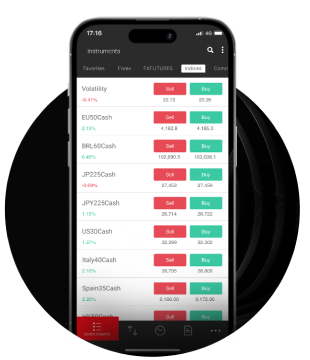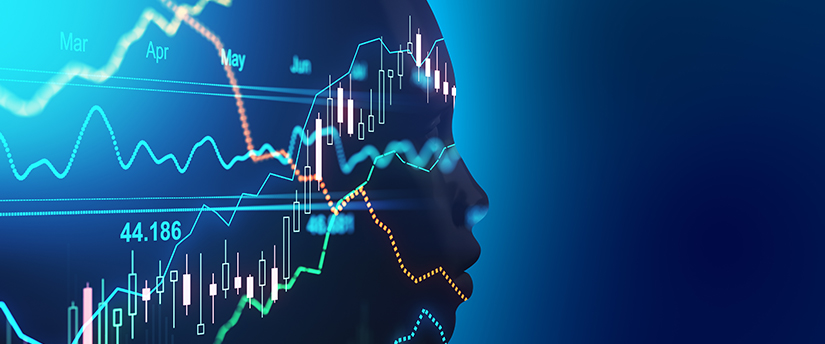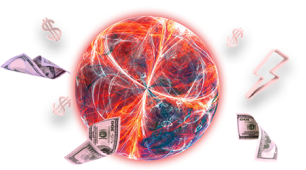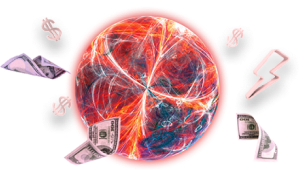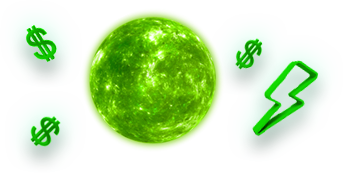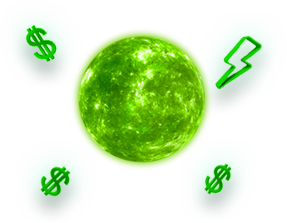Algorithmic trading (also called automated trading, black-box trading, or algo-trading) uses a computer program that follows an algorithm (a defined set of instructions) to place a trade.
In theory, algorithmic trading can generate profits at a speed and frequency that is impossible for a human trader.
In this article, we will have a look at algorithmic trading, how forex algorithms are created as well as some of the best methods for FXトレーディング.
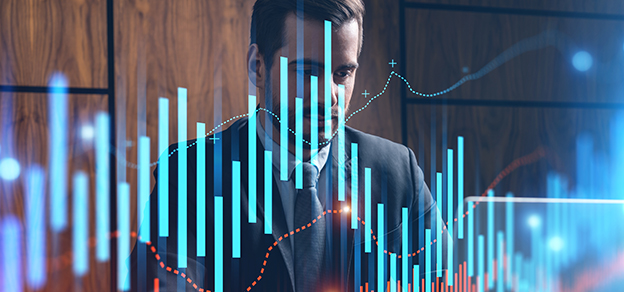
What are algorithms?
An algorithm is a programmed set of instructions for solving a problem or accomplishing a task. Every computerised device uses algorithms, which reduces the time required to do things manually. Algorithmic trading uses a computer program to buy or sell securities at a speed which is not possible for humans.
How to create a forex algorithm
One of the first steps in developing an algorithmic strategy is to consider some of the principal traits that every algorithmic trading strategy should have. The strategy should be fundamentally sound from a market and economic position. In addition, the mathematical model used in developing the strategy should be based on sound statistical methods.
The second step is determining what information your robot is aiming to capture. In order to have an automated strategy, your robot should be able to capture identifiable, persistent market inefficiencies. Algorithmic trading strategies follow defined sets of rules that take advantage of market behaviour, and the occurrence of one-time market inefficiency is not enough to build a strategy around.
Additionally, if the cause of the market inefficiency cannot be identified, then there is no way of knowing if the success or failure of the strategy was due to chance or not.
Bearing the above in mind, there are a few strategy types to inform the design of your algorithmic trading robot. These include strategies that take advantage of the following or any combination of those:
- Macroeconomic news (e.g. interest rate changes)
- ファンダメンタル分析
- Statistical analysis
- テクニカル分析
- The market microstructure (e.g. arbitrage or trade infrastructure)
Important factors to consider when developing a strategy are personal risk profile, time commitment, and trading capital. You can then begin to identify the market inefficiencies. Once you have identified a market inefficiency, you can begin to code a trading robot which is suited to your own personal characteristics.

Benefits of Algorithmic trading
The benefits of algorithmic trading involve speed, accuracy, and reduced costs.
Algo trading can scan and execute multiple indicators at a speed that no human could ever do. Since trades can be analysed and executed faster, there are more opportunities available at better prices.
Another advantage of algo trading is accuracy. If a computer is automatically executing a trade, you can avoid the pitfalls of accidentally putting in the wrong trade associated with human trades. By entering a trade manually, you may be more likely to buy the wrong currency pair, or for the wrong amount, compared to a computer algorithm that has been checked to make sure the correct order is entered.
A very big advantage of algorithmic trading is the ability to remove human emotion from the markets. This is a big advantage because human trading is affected by emotions that lead to irrational decisions. The two emotions that lead to poor decisions, which do not affect algo traders, are fear, and greed.
Another advantage of algo trading is the ability to backtest. It is difficult for traders to know what parts of their trading system work and what don’t work as they cannot run their system on past data. But algo trading can be backtested using available historical and real-time data to see if it is a viable trading strategy before you run it live.
Another advantage of automated trading is reduced transaction costs. With algo trading, traders don’t need to spend as much time monitoring the markets, as trades can be executed without continuous supervision. The time reduction lowers transaction costs because of the saved opportunity cost of constantly monitoring the markets.
Types of algorithmic trading
Several types of trading algorithms help traders decide whether to buy or sell. The key types of algorithms are based on the 戦略 they use. Common trading strategies used in algorithmic trading include some of the following:
Trend-following strategies
The most common algorithmic trading strategies follow trends in moving averages, channel breakouts, price level movements, and related technical indicators. These are the easiest and simplest strategies to implement via algorithmic trading. This is because these strategies do not involve making any predictions or price forecasts. Trades are initiated based on desirable trends, which are straightforward to implement via algorithms without getting into the complexity of predictive analysis. Using 50- and 200-day moving averages are a popular trend-following strategy.
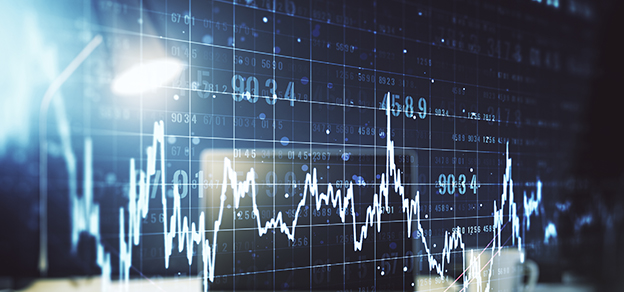
アービトラージ
Arbitrage looks at taking advantage of the price difference between the same asset in different markets. Algos can capitalise on this strategy by quickly analysing data and identifying pricing differences, then quickly executing the buying or selling of those assets to capitalize on the price difference.
Mean reversion
Mean reversion algorithms examine short-term prices over the long-term average price, and if a stock goes much higher than the average, a trader may sell it for a quick profit.
結論
A big disadvantage of algorithmic trading is that it relies completely on computers. Without power or the Internet, algos don’t work. Computer crashes can also prevent algorithmic trading.
Also, while an algo-based strategy may perform well on paper or in simulations, there is no guarantee that it will work in actual trading. Traders may create a model that appears perfect and which worked for past market conditions, but the model may actually fail in the current market.
免責事項:
This information is not considered investment advice or an investment recommendation, but instead a marketing communication. IronFX is not responsible for any data or information provided by third parties referenced or hyperlinked, in this communication.
